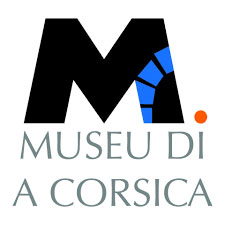The Museum
The Museum of Corsica opened its doors in june 1997 in order to welcome the ethnographic collection collected by Father Louis Doazan, commissioned by the National Museum of Popular Arts and Traditions. This museum of society offers the public a space conducive to the discovery of a culture and its territory
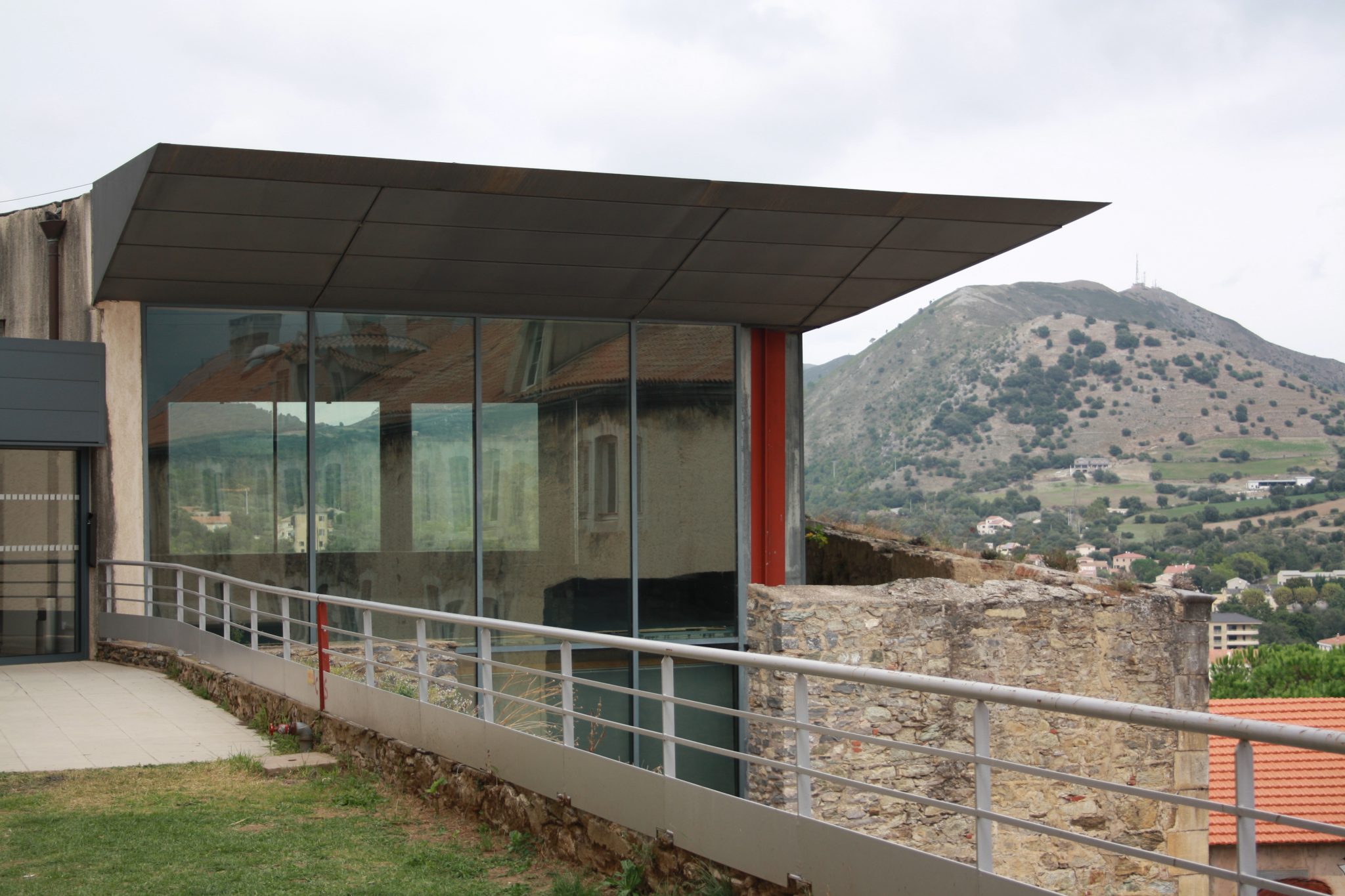
Hè di ghjugnu 1997 ch’ellu apria e so porte u Museu di a Corsica per accoglie u fondu etnugraficu racoltu da u Patre Louis Doazan, à chì u museu naziunale di l’Arte è Tradizione pupulare n’avia datu missione. L’architettu Andrea Bruno, spertu pressu à l’UNESCO è spezialistu di u ristoru di l’edifizii anziani, di stu locu n’hà fattu un autenticu museu di situ. In core à a citatella classificata Munimentu storicu, assucendu u rinnovu di un edifiziu neuclassicu à una custruzzione cuntempurania, offre à ogni publicu un spaziu adattu da fà scopre una cultura in leia cù u so territoriu.
The website
The Museum of Corsica is inserted in the heart of the famous citadel of Corti built between the 15th and 18th centuries and classified as a historical monument. The architect Andrea Bruno, a UNESCO expert and specialist in the rehabilitation of old buildings, has turned this place into a real site museum, combining the renovation of a neo-classical building with contemporary construction.
The visiting spaces
Its museography is based on the articulation of two permanent galleries and temporary exhibition spaces. The Doazan gallery highlights the view of traditional rural Corsica by travelers and ethnologists over the centuries. The “museum in the making” gallery is devoted to the problems of current anthropology. This museum of society and its cultural program thus offers a diversity of points of view that accompany the visitor so that he can construct his own view of Corsica.
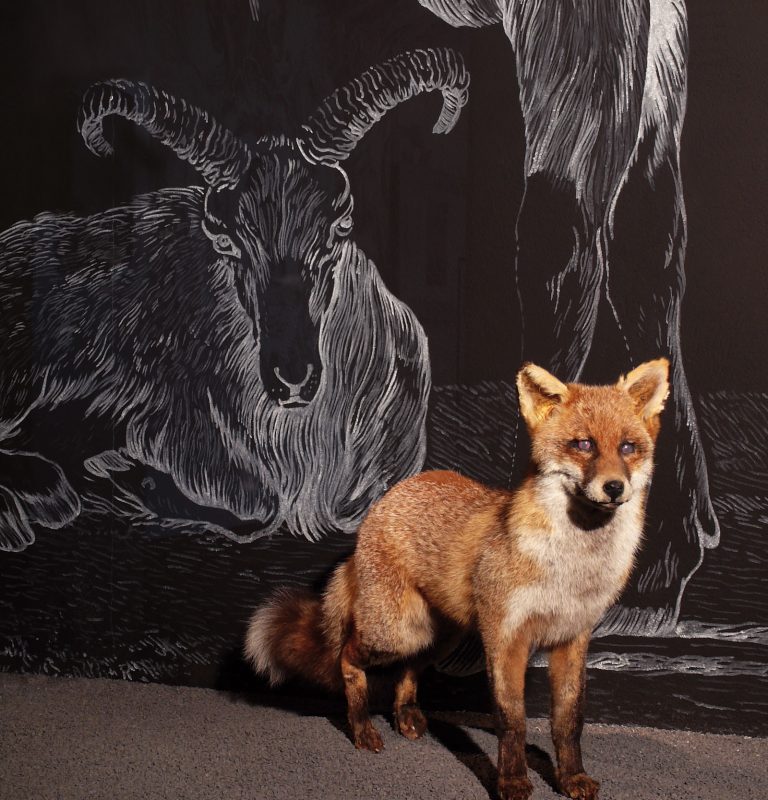
The Doazan Gallery
The discovery of Corsica, the invention of the island’s heritage, pastoralism are studied and highlighted. Three thousand objects of traditional Corsica have been gathered by Father Louis Doazan, one of the pioneers of Corsican ethnography.
The gallery of the "Museum in the making
The Museum is interested in Corsica today, in its social, economic and cultural aspects. Attempts at industrialization, the development of tourism and the Corsican quest for identity are the main themes.
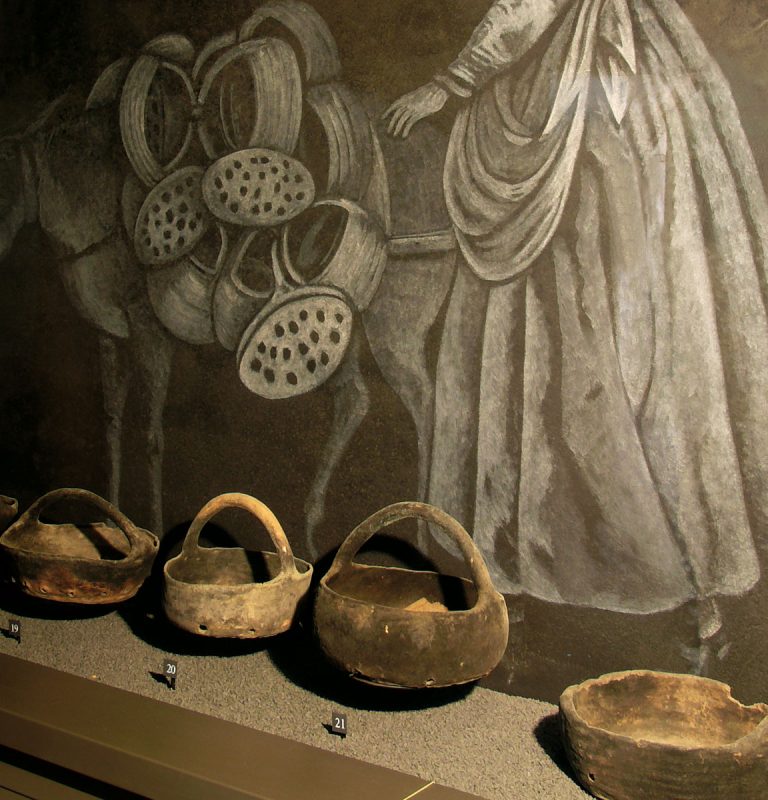
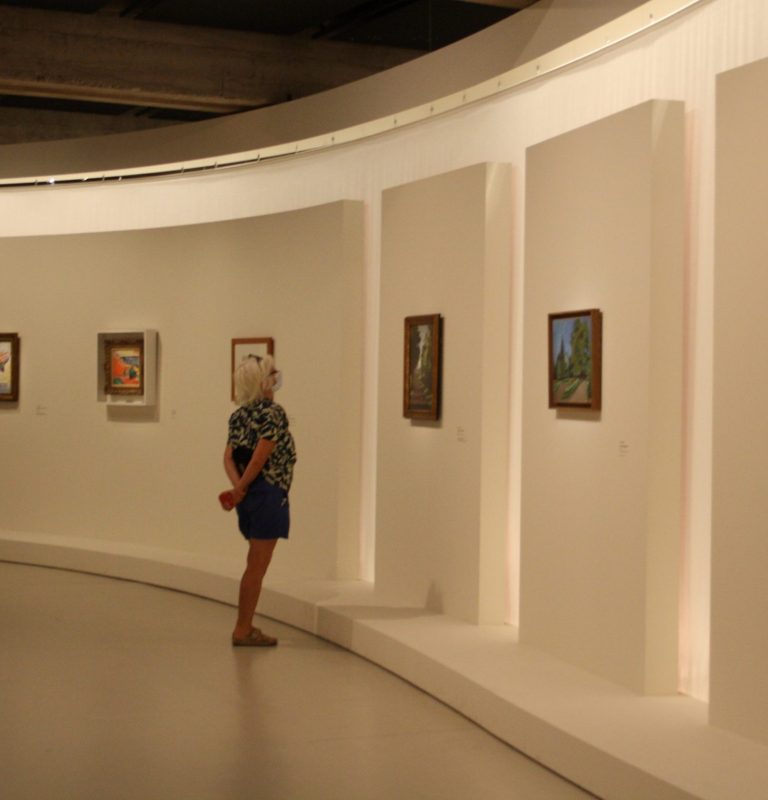
The temporary exhibition space
Each year, a new temporary exhibition and its counterpoints, as well as an educational space dedicated to young people, complete the permanent exhibition. It is accompanied by a richly illustrated catalog with articles by recognized scientists on the subject.
The Serrurier barracks
The Serrurier barracks, which houses the Museum of Corsica, was built between 1853 and 1887.
It occupies part of the former site of Castellacce, one of the three districts of the city in the 18th century, whose last houses were razed by the army in 1843 for reasons of military security. The army decided to build a military hospital there, which was completed in 1853. In 1856, the building was transformed into a detention center for political prisoners and then into a barracks; this is when it took the name of Serrurier. It was then occupied by the Foreign Legion from 1952 to 1963. It is in this place that the permanent collections of the museum are presented on two levels.
The architectural project
An international architectural competition
The Museum of Corsica is trying out a new museography inside a historical enclosure: the citadel of Corte.
In 1990 the Region of Corsica wanted to provide the island with a new high-level cultural structure. For this purpose, and with the help of the Direction des Musées de France and the EEC, it launched an international architectural competition to select a quality museographic facility.
Andréa Bruno, winner of the competition.
International architect, specialist in the rehabilitation of old buildings (famous for his contemporary additions), expert to UNESCO, has signed prestigious achievements in Europe.
The major strength of Andrea Bruno’s work is first of all to add nothing to the building that is not motivated by the very structure of the existing building. As proof, these large arched bays that he opens in the main facade of the former barracks Serrurier, and which are only the highlight of the real architectural structure (a string of transverse cradles) of the building. This in-depth work not only reveals the construction, but also gives coherence to the past and future functions of the site. What was only the austerity of a late neo-classical building becomes an absolute refusal of the decoration which would divert the museum from its primordial function: to give to see, and beyond to make understand. This initial axiom, Andréa Bruno declines it in an infinite number of ways: extremely diverse itineraries in a space that is nonetheless constraining, the breadth of the reception area, the flexibility of the exhibition spaces and the emphasized rhythm of the rooms in the central building. He works on the variety of lights, points of view, and circulation of these rigid and angular places with the same mastery and happiness that he showed in his renovations of Baroque buildings. A great architect for an exceptional site.
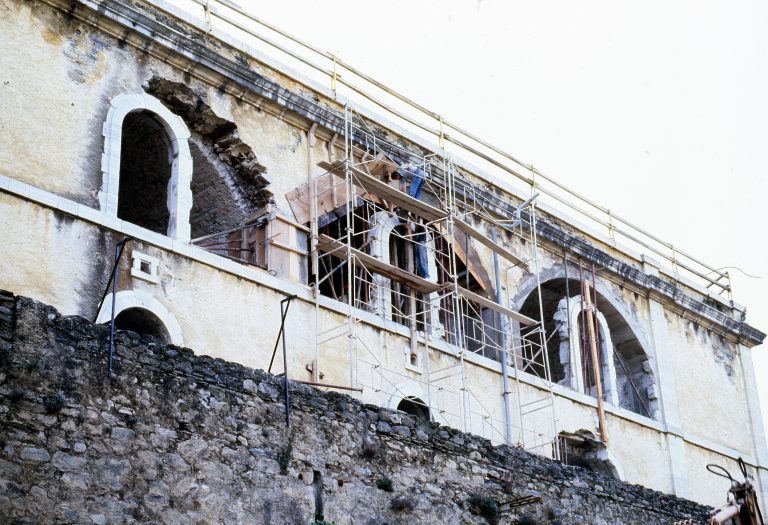
Opening hours
From 01/11 to 31/03 : Every day except Sundays, Mondays, holidays and December 24. From 10 am to 5 pm
From 01/04 to 21/06 : Every day except Mondays and May 1st. From 10 am to 6 pm
From 22/06 to 20/09 : Every day. From 10 am to 7 pm
From 9/21 to 10/31 : Every day except Monday. From 10 am to 6 pm
Annual closure from December 31 to January 14 included.
Contact
Tel. + 33 (0)4 95 45 25 45
E-mail : museudiacorsica@isula.corsica
visit
For a greater comfort of visit and a better distribution of the groups on the whole day, the accompanied visit is done only on reservation. Visit in Corsican language on request.
Rates
General rate : 5,50 €
Reduced rate without temporary exhibitions : 4,00 €.
Reduced rate : 3 € (seniors, students, groups (min.10 pers), children and young adults from 10 to 25 years)
Audio guide : +2,00 €
